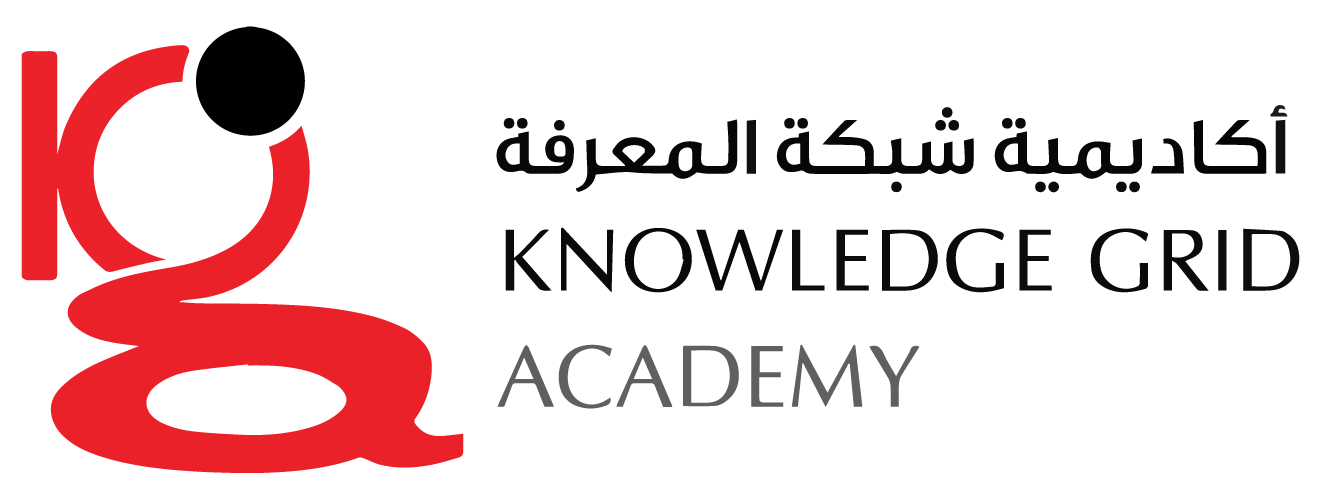Course Aim:
To assess a learning and development practitioner’s knowledge and understanding of the principles and practices of assessment, and their performance in carrying out the assessment of vocational skills, knowledge and understanding.
• Gain an understanding of the principles and practices of assessment
• Assess occupational competence in a work environment
• Assess vocational or vocationally related achievement
• Understand internal/external quality assurance processes and practice requirements
• Carry out internal/external quality assurance
Course Content:
This qualification contains a variety of learning outcomes which enable the learner to gain an understanding of the principles and practices of assessing and quality assuring the processes and practices of quality assurance.
Who Should Attend?
· Those who wish to become assessors of candidates’ occupational competence or of their vocational skills, knowledge and understanding.
· Those who wish to learn about the principles and practices of assessment or internal and external quality assurance.
· Those who need a nationally recognised qualification in assessment or quality assurance and need to meet the requirements of the NVQ Code of Practice.
Pre- Requisites
This qualification will be obtained by the learner once they have successfully completed the three units listed below:
• QLDR3/001: Understanding the principles and practices of assessment
• QLDR3/002: Assess occupational competence in the work environment
• QLDR3/003: Assess vocational skills, knowledge and understanding
Assessment
Unit 1: Understanding the Principles and Practices of Assessment
The aim of this unit is to assess the candidate assessor’s knowledge and understanding of the principles and practices that underpin assessment. All learning outcomes in this unit must be assessed using methods appropriate to the assessment of knowledge and understanding. There must be valid, authentic and sufficient evidence for all the assessment criteria. However, one piece of evidence may be used to meet the requirements of more than one learning outcome or assessment criterion.
Unit 2: Assess Occupational Competence in the Work Environment
The aim of this unit is to assess the candidate assessor’s performance in assessing occupational competence in an individual’s work environment. Simulations are not allowed for this unit. There must be evidence to cover all of the assessment methods listed in the unit, such as:
• Observation of performance in the work environment
• Examining products of work
• Questioning the learner.
• Discussing with the learner,
• Witness testimony
• Looking at learner statements
• Recognising prior learning
There must be valid, authentic and sufficient evidence for all the assessment criteria. Holistic assessment is encouraged and one piece of evidence may be used to meet the requirements of more than one learning outcome or assessment criterion. There must be evidence of the candidate assessor carrying out at least two assessments of two learners’ skills, knowledge and understanding (four assessments in total).
Unit 3: Assess Vocational Skills, Knowledge and Understanding
The aim of this unit is to assess the candidate assessor’s performance in assessing vocational skills, knowledge and understanding. Simulations are not allowed in this unit. There must be evidence to cover all of the assessment methods listed in the unit. As a minimum, there must be performance evidence for at least three different assessment methods, such as:
• Assessments of the learner in simulated environments,
• Skills tests,
• Oral and written questions,
• Assignments projects,
• Case studies,
• Recognizing prior learning.
The candidate assessor’s performance evidence must be assessed by observation, examining the products of work and questioning / discussions.
There must be valid, authentic and sufficient evidence for all the assessment criteria. Holistic assessment is encouraged and one piece of evidence may be used to meet the requirements of more than one learning outcome or assessment criterion. There must be evidence of the candidate assessor carrying out at least two assessments of two learners’ skills, knowledge and understanding (four assessments in total).
